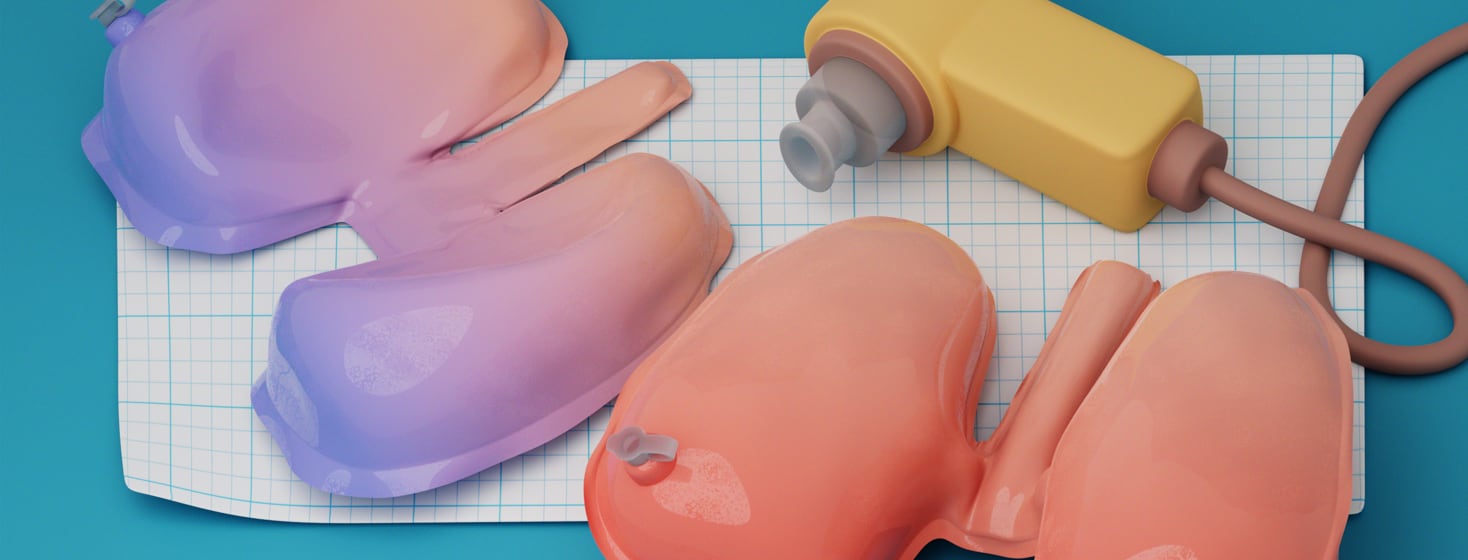Lupus and Pulmonary Function Tests
When I was first diagnosed, I had various symptoms, and many of them related to my lungs. I had shortness of breath, sharp chest pain, and fluid around my lungs, and eventually, I got so sick my cold turned into pneumonia, and I was hospitalized for a couple of days. Because of all this, I had to add a pulmonologist to my healthcare team.
Pulmonary function test
On my first visit, we did a pulmonary function test (PFT) which is a test to see how well your lungs are working. I had seen these tests being done before at my old job but never experienced it myself. This was a noninvasive test and was pretty quick to complete. In less than 10 minutes, I was done. But I have heard for more severe cases a PFT can last up to 45 min. One thing to note was that my pulmonologist was not the one who did the tests with me, but he did go over the results with me. During the test, I had a technician to help guide me.
According to Johns Hopkins Medicine, PFTs measure lung volume, capacity, flow rates, and gas exchange. This important information can help doctors diagnose and decide on lung disorder treatment.1
There are many different versions of this test, but at my facility, patients step into an airtight clear rectangular booth and sit down for the tests while the door is closed. If you are claustrophobic, you can ask and see if they have a different version. Once I was inside, I put a clip on my nose and could only breathe into a mouthpiece attached to a sensor. The clear box is not soundproof, so the techs were able to communicate and told me when to breathe in and out, how fast, how slow, when to hold my breath, etc. During my test, I was also given a bronchodilator medication and then repeated the breathing exercises to see how my lungs would react.
Noticable breathing issues
Every time I had to breathe out hard, I could feel my chest pain get worst and worst. My chest felt so tight, but that was because of my lupus. The PFT itself didn’t give me any side effects. Some people may feel lightheaded or dizzy, but the techs are there and will monitor you and stop the exam if needed. Once I was done, the results printed out immediately, and I met with my pulmonologist, where we discussed my results that same day.
Lupus and pulmonary complications
My results were abnormal, as expected but were consistent with my lupus diagnosis. This PFT would be considered my baseline, and I hoped to improve with time. My pulmonologist also listened to my breathing and could hear what the PFT picked up. I was on Plaquenil and prednisone then, and my doctors said the medications should help alleviate my symptoms. I would then have to go back for a follow-up in 6 months. Thankfully my pulmonary issues never got worse. Over time my PFTs kept on improving, and I could also stop taking prednisone.
It's been over 5 years since my first visit, and thankfully, many of my pulmonary issues are gone. I no longer have any shortness of breath or sharp pains in my chest, and the fluid around my lungs has resolved. Soon my PFTs were in the normal range. I was beyond ecstatic when my pulmonologist told me my results. I go back to my pulmonologist every year for follow-up visits to ensure all is well.

Join the conversation